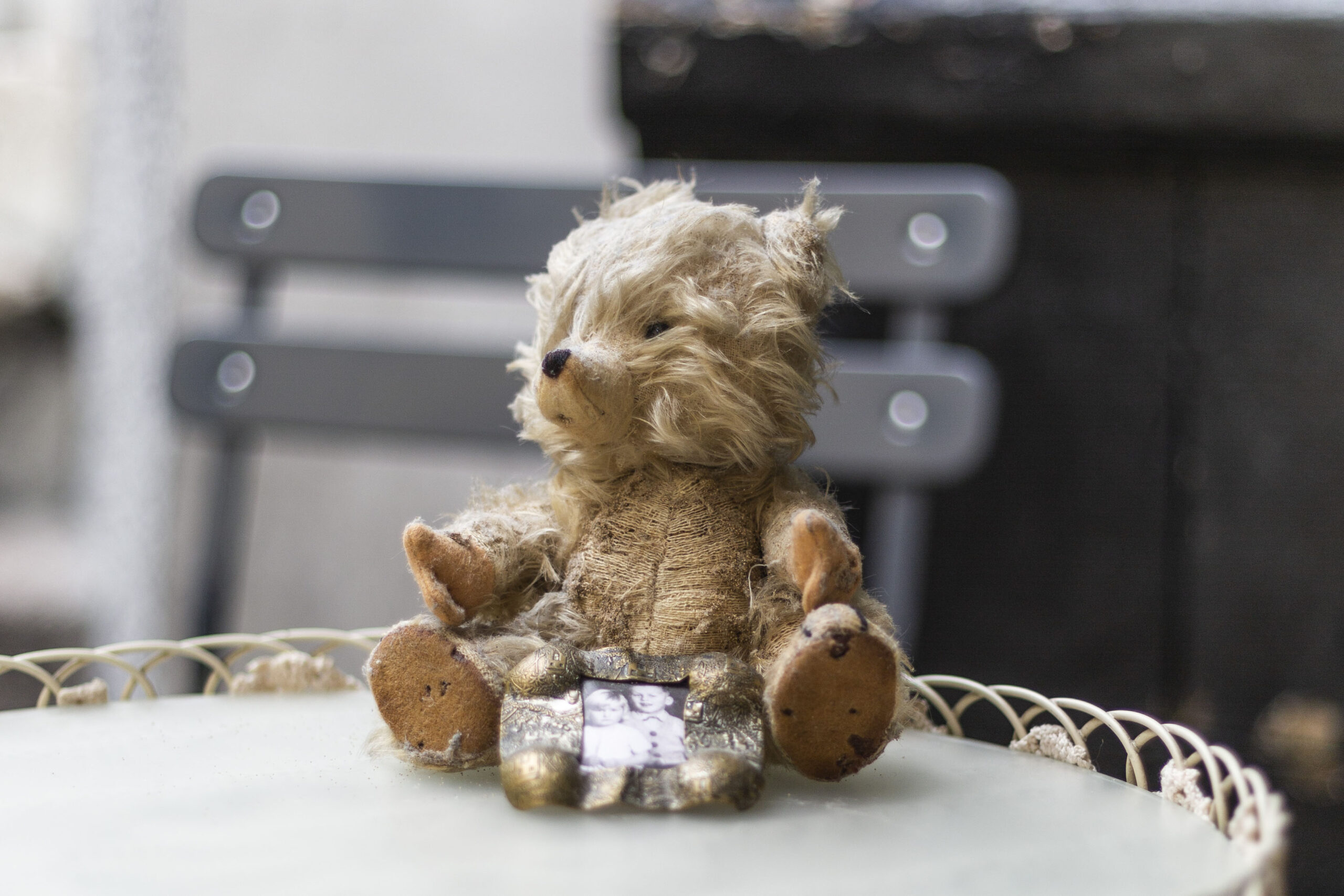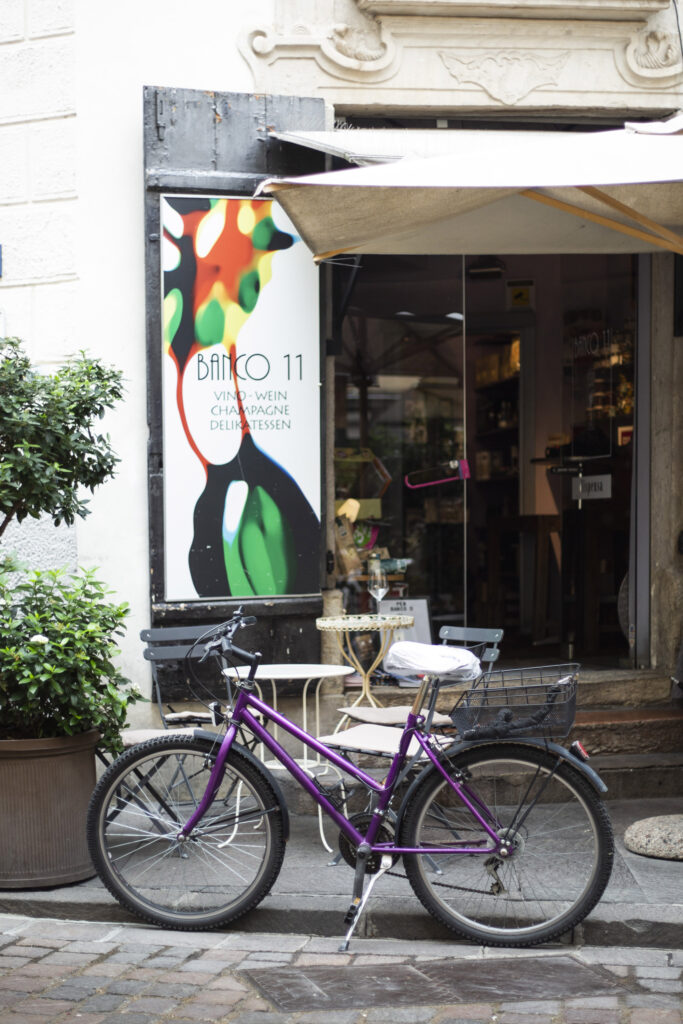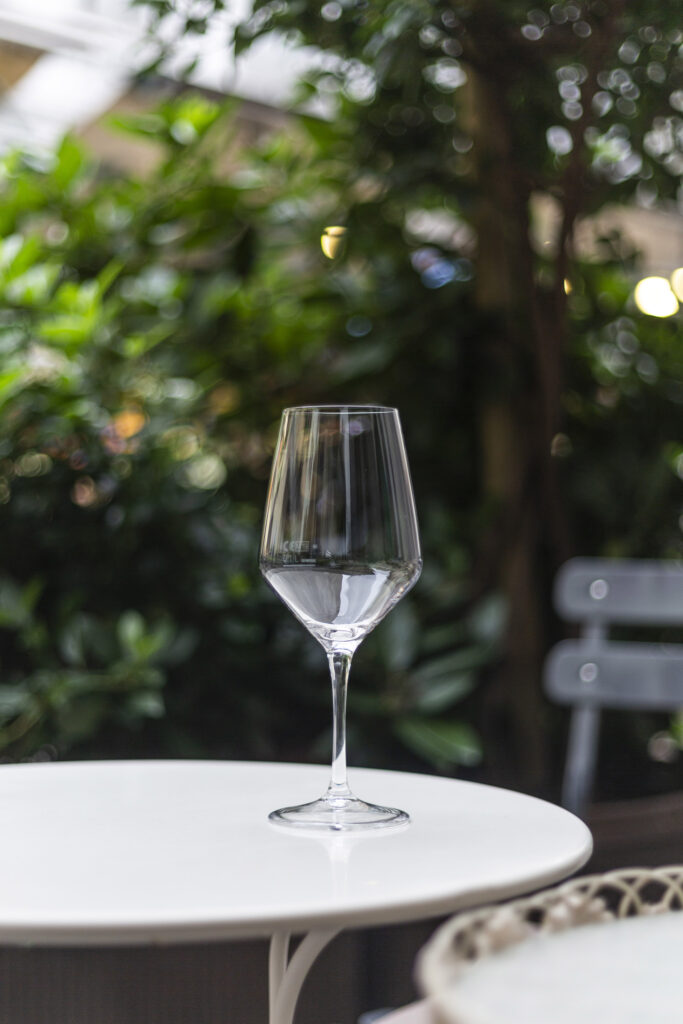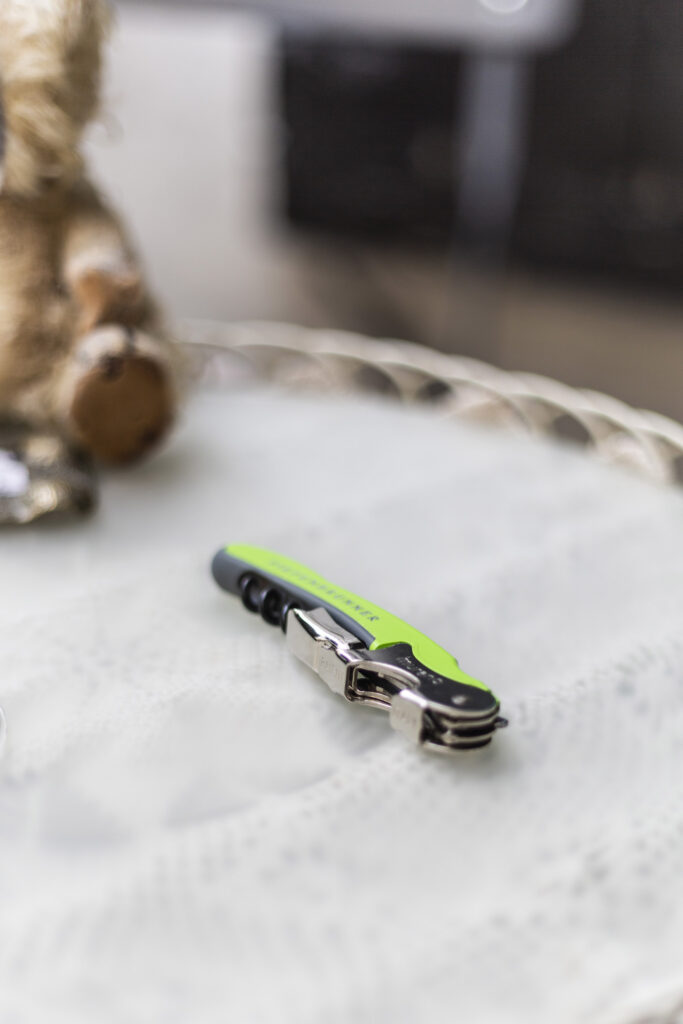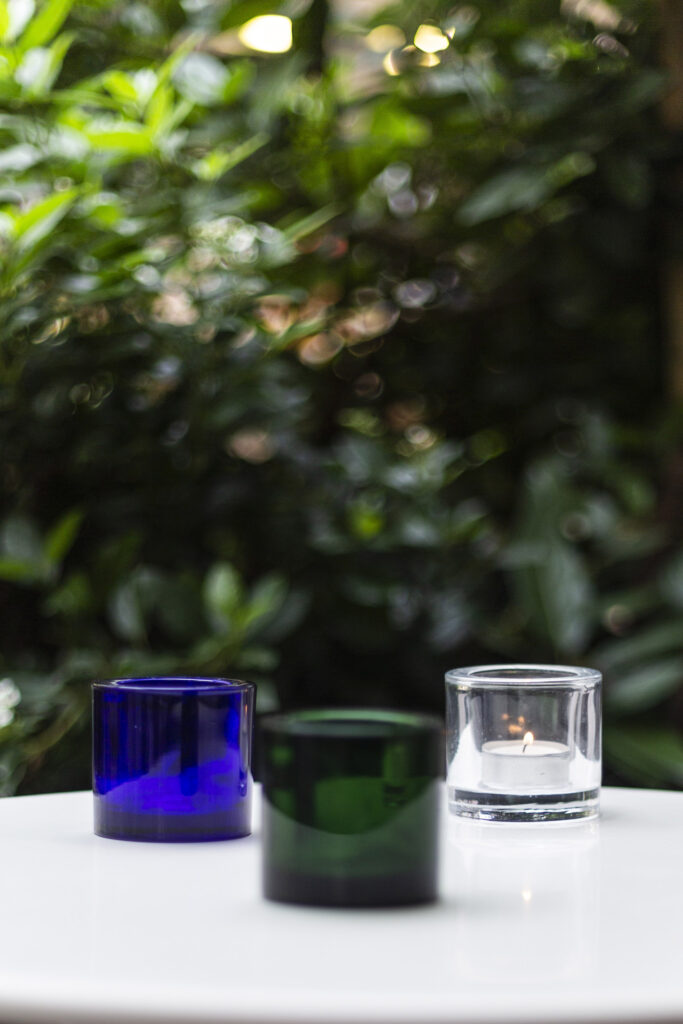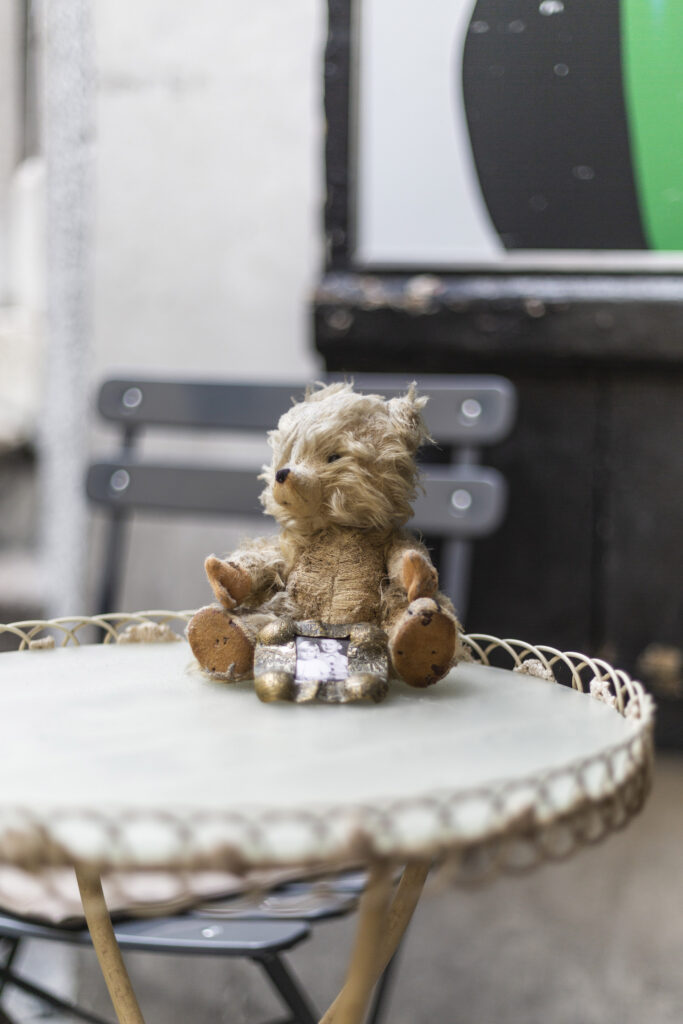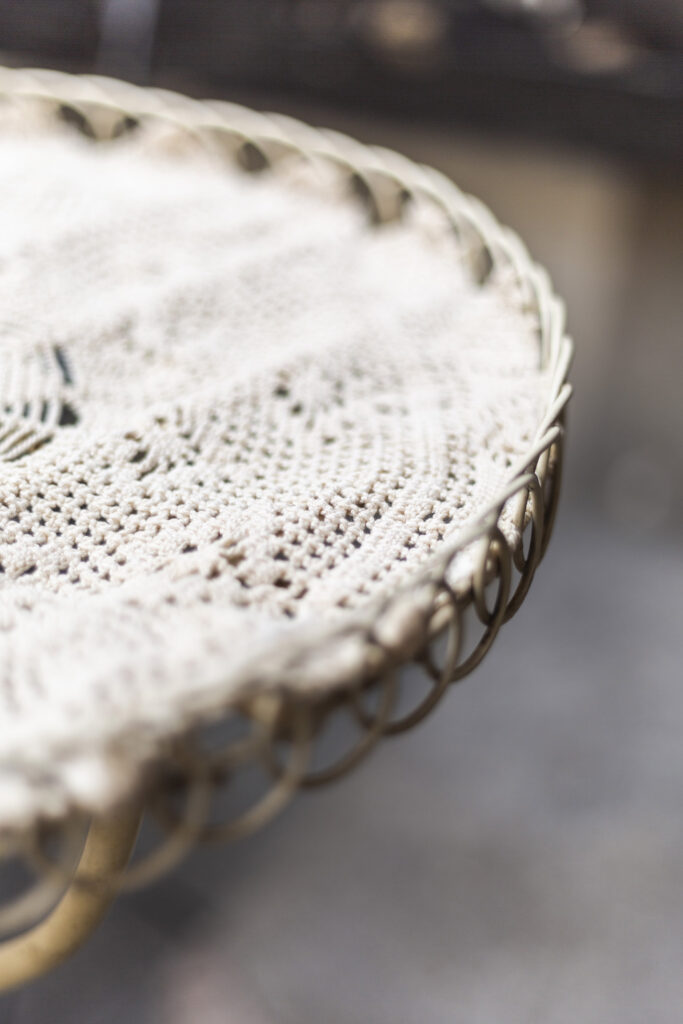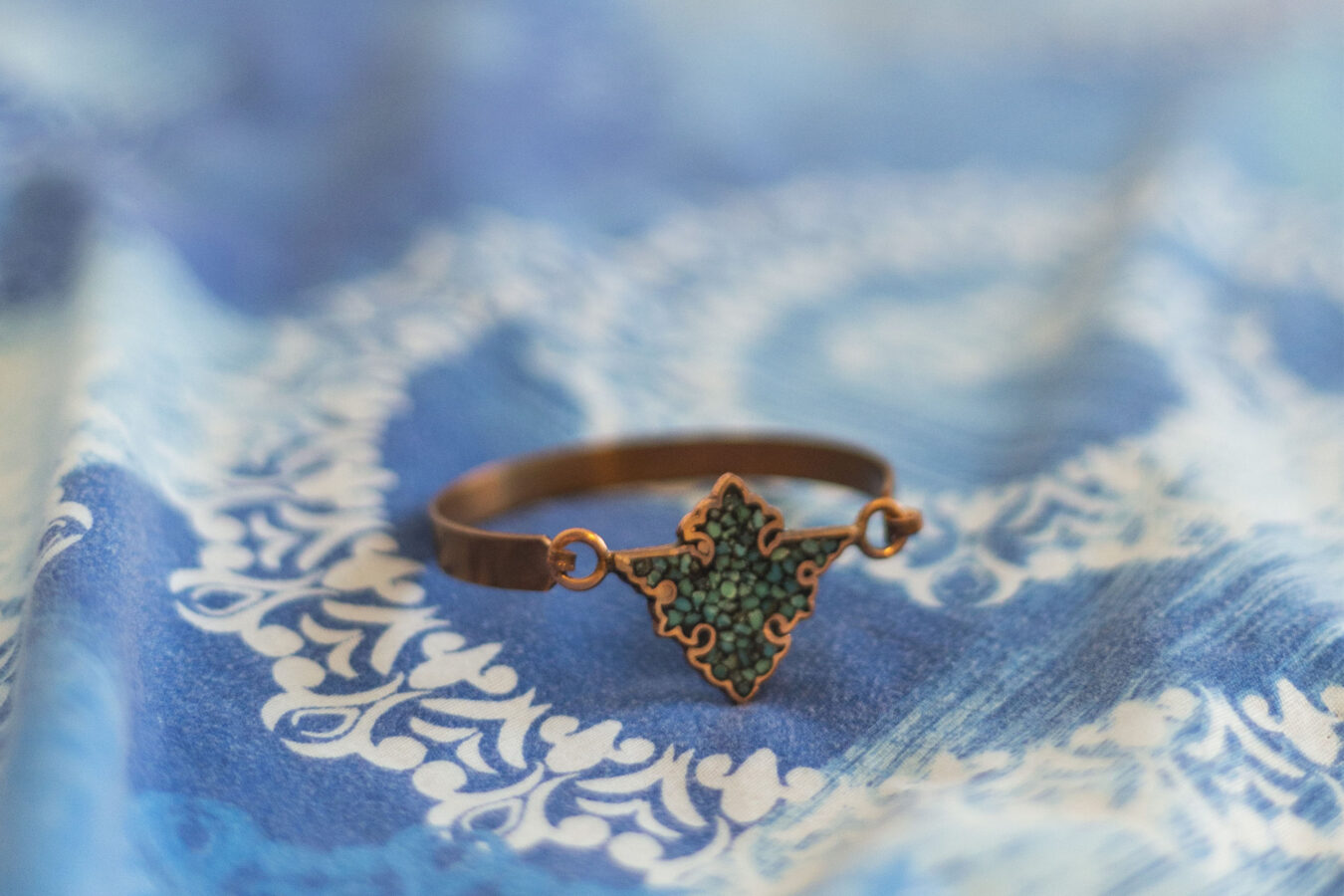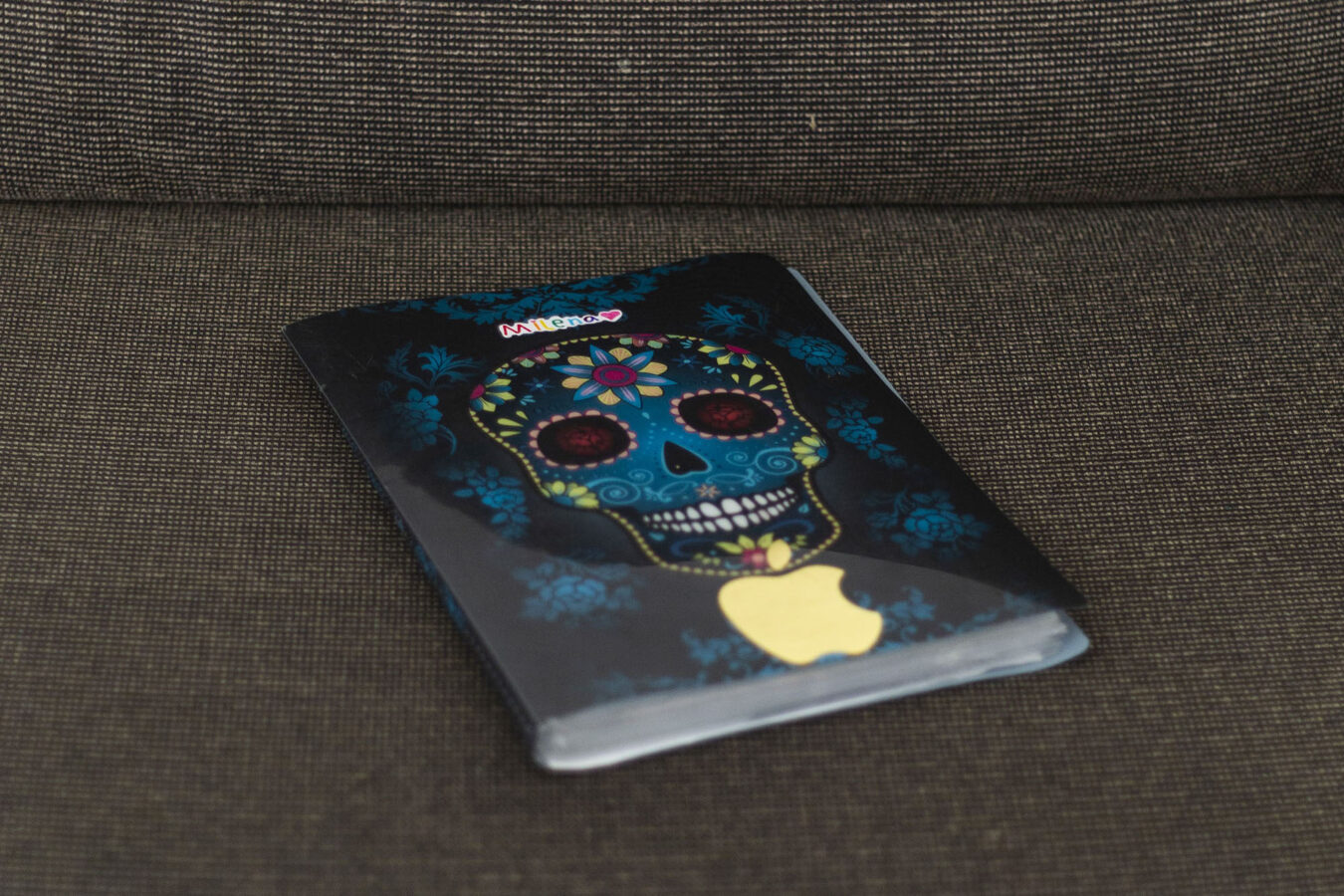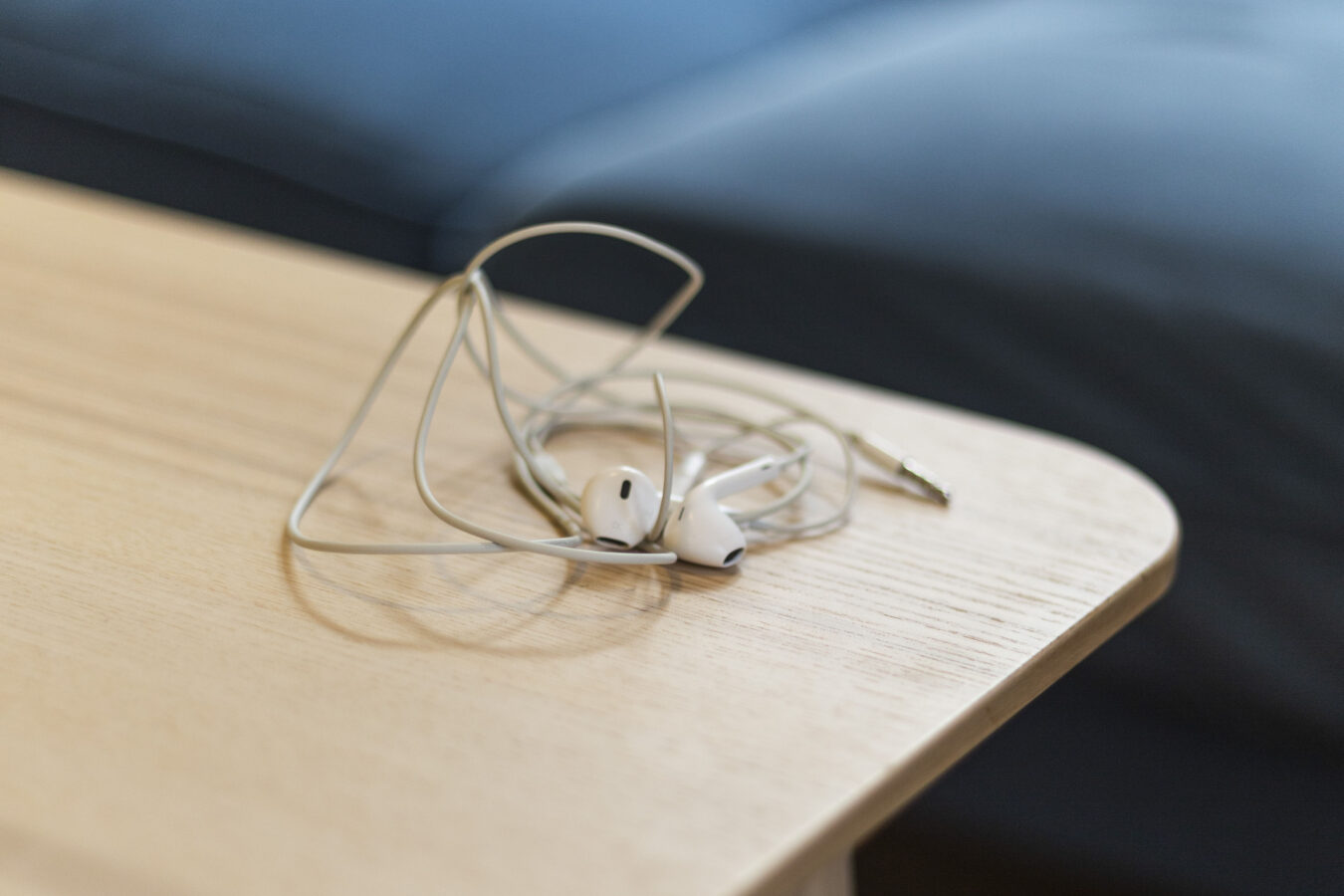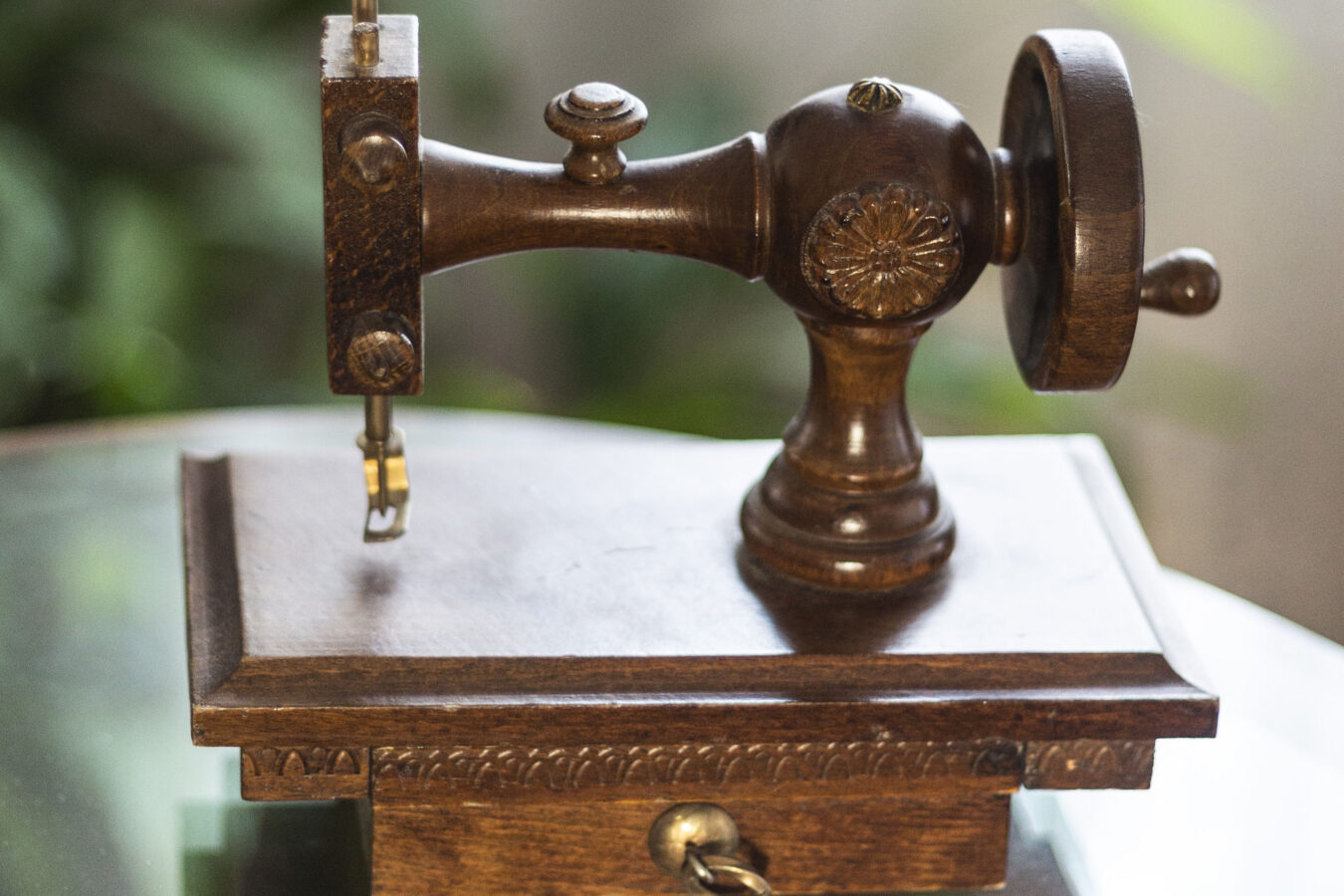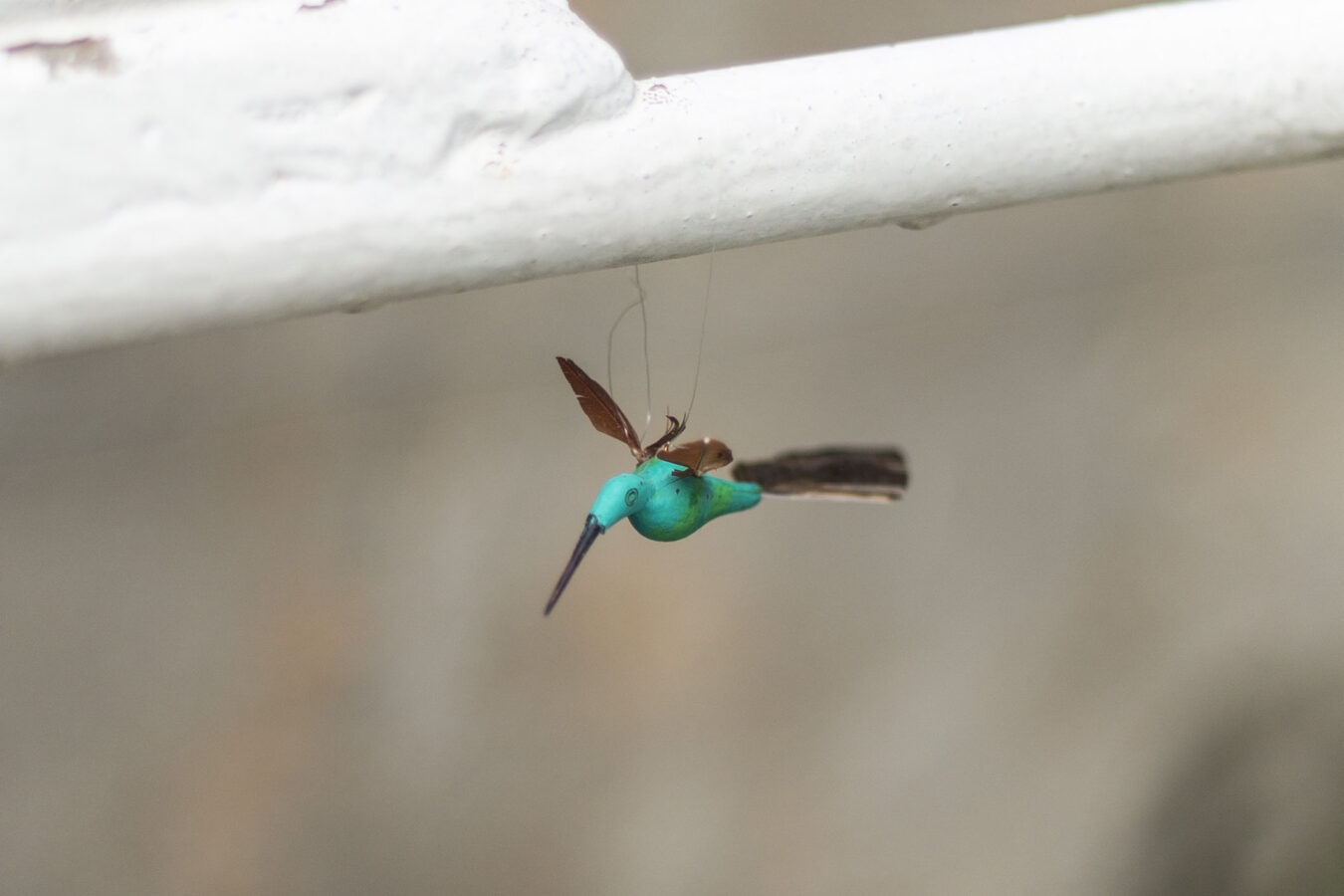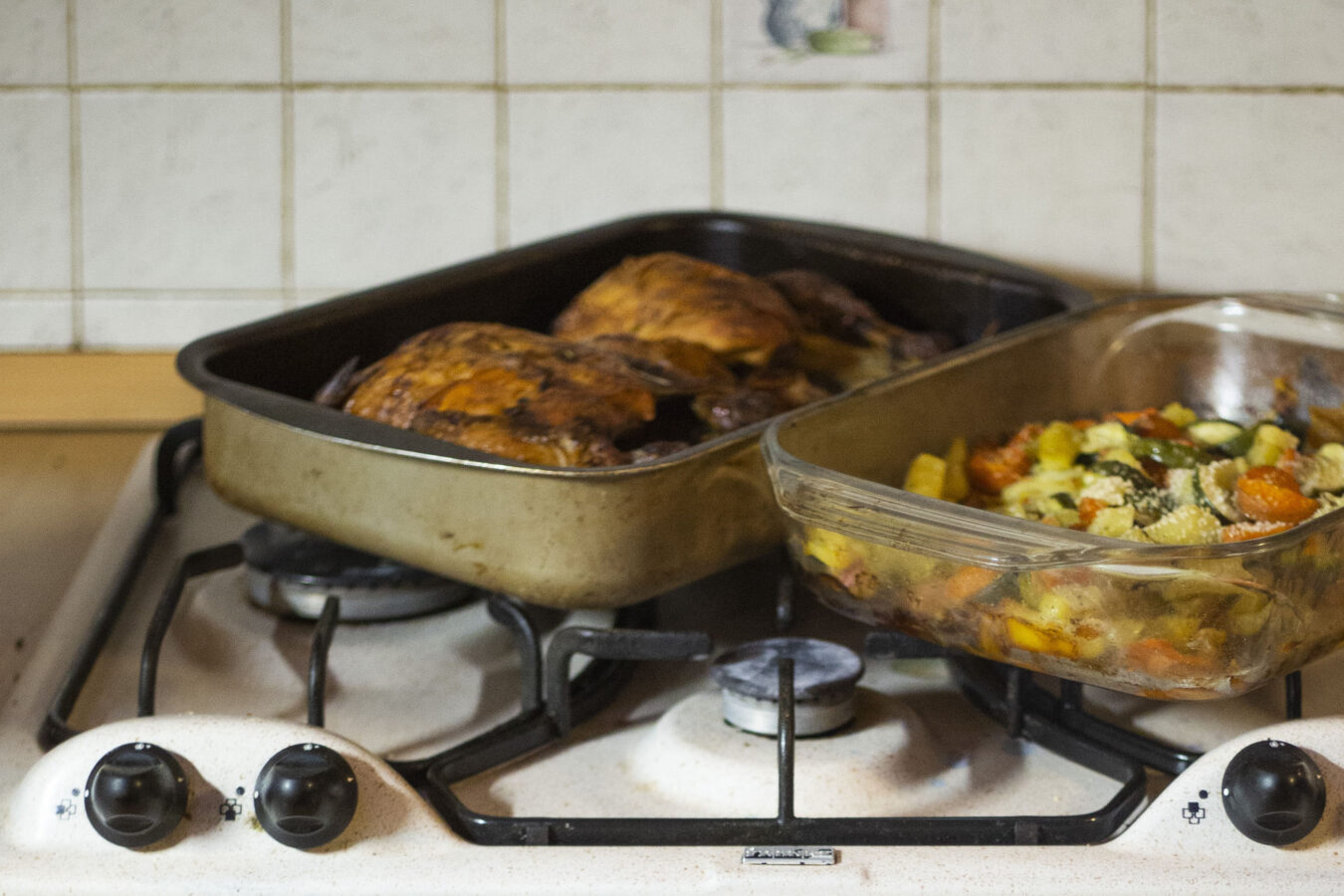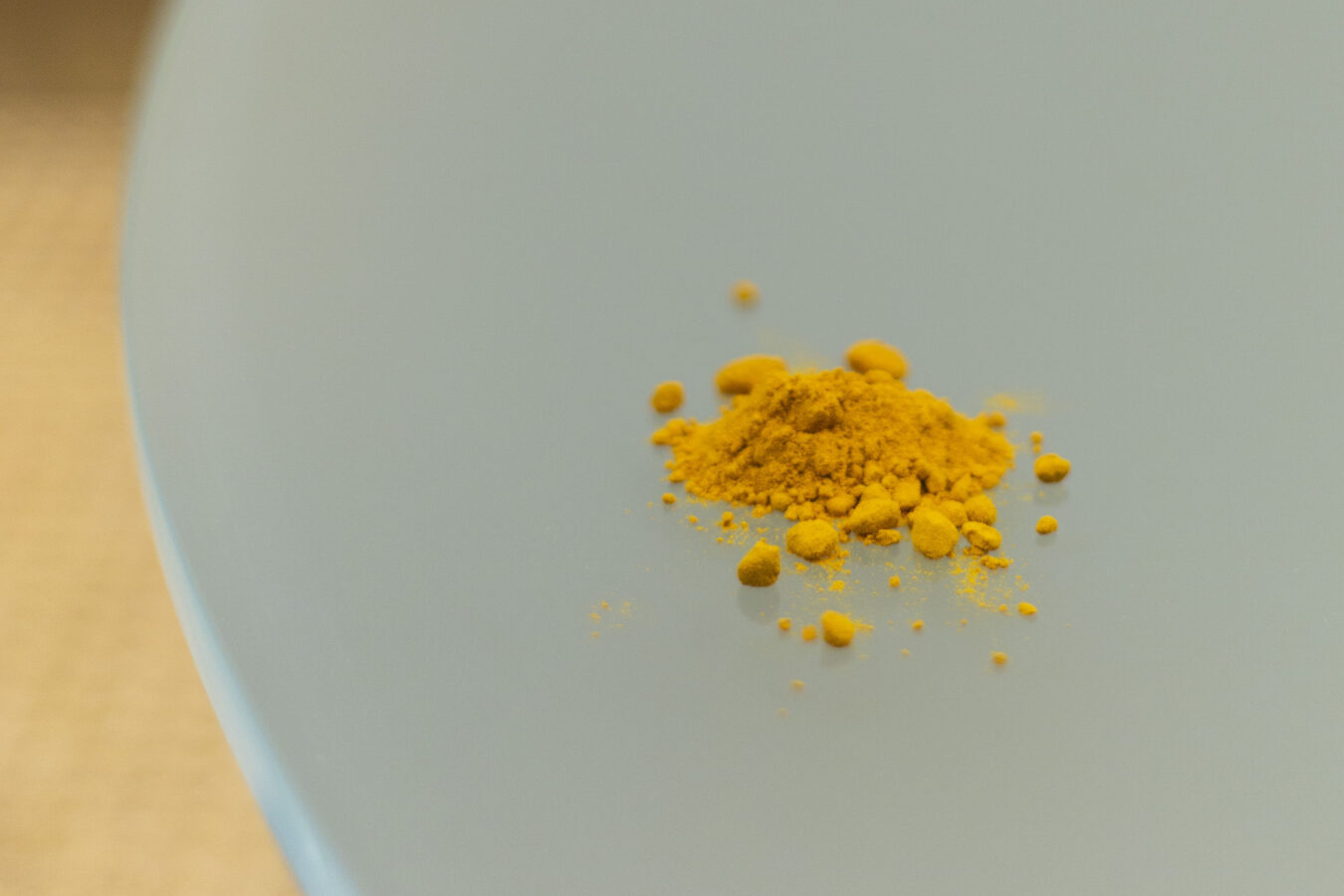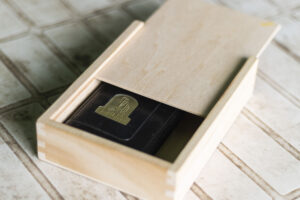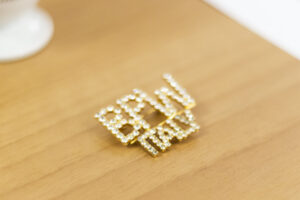Mi chiamo Birgitta Puustinen e vengo dalla Finlandia. Vivo a Bolzano dall’87…sono passati parecchi anni. Sono partita come una vagabonda e alla fine, viaggiando in Europa e non, sono capitata a Bolzano perché mi hanno invitato e qui mi sono fermata. Sono sposata, ho due figlie e attualmente gestisco una piccola enoteca in Piazza delle Erbe.
Perché Bolzano? Beh perché come ho detto sono stata invitata qui, mi è piaciuto il posto e mi è piaciuta chiaramente la persona che mi ha invitato… così… oggi siamo sposati, ci conosciamo dal’87 e stiamo ancora insieme.
Se dici viaggio io penso alla bicicletta. È stata il primo regalo di mio marito quando sono arrivata a Bolzano. Anche quello era l’inizio di un viaggio, e come tutti i viaggi migliori è iniziato su una bici. E poi fa bene a te e fa bene alla città. Ma non solo. Vale anche quel proverbio: hai voluto la bicicletta? Ora pedala. È la mia storia. Sono partita da sola, ho incontrato persone, ho riorganizzato la mia vita ovunque mi trovassi, finché è arrivato mio marito, che mi ha sempre sostenuta, e questo negozio. Tredici anni fa ho dato retta a lui, ho voluto la bicicletta, e sto ancora pedalando.
Ho un’enoteca, quindi il calice è il mio pane quotidiano. Ma non è che i calici vadano sempre bene: ce ne sono di diversi tipi per diverse occasioni. Devi imparare a conoscerli e a conoscere i vini.
E dopo aver scelto il calice per la quotidianità, non poteva che toccare a un oggetto semplice, che ci si può portare dietro, e che è sempre con me. Potrebbe anche essere il mio unico oggetto: vale per quotidianità, ricordo e lavoro.

Sono lumini tradizionali finlandesi, per i quali ho scelto tre colori in connessione con l’aria, l’acqua e la terra. Danno colore e calore, ti scaldano, che è quello che spero mi dia il futuro. E la luce è come un faro, ti dà una direzione, ti aiuta a vedere la strada. Viaggiando ho conosciuto tante culture e tradizioni diverse, e la sai una cosa? La luce è spesso presente come futuro.
Puoi avere un ricordo di qualcosa che non hai mai conosciuto? Mia madre è morta quando io avevo dieci giorni. Questo orsacchiotto è il ricordo che ho di lei. Tiene mio fratello e me in grembo, per sempre.
Mia nonna non si fermava mai. Questo pizzo l’ha fatto lei. Mia nonna la sera guardava la televisione e intanto, senza neanche guardare, lavorava a maglia o a uncinetto. Dal momento che mia madre non c’era sono rimasta con la nonna materna. Così, quando guardo questo centrino penso a lei, alla mia infanzia, al mio paese.
